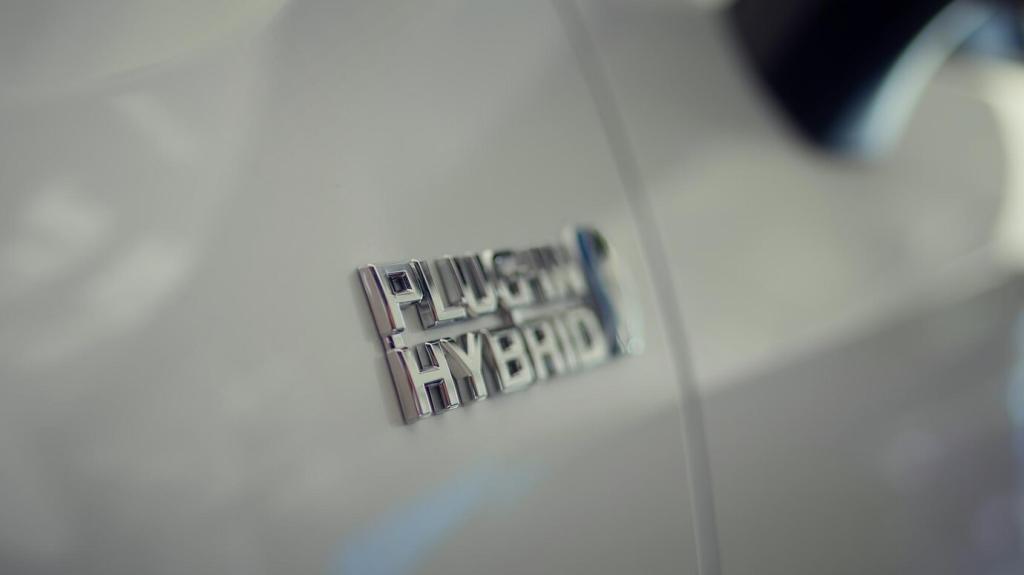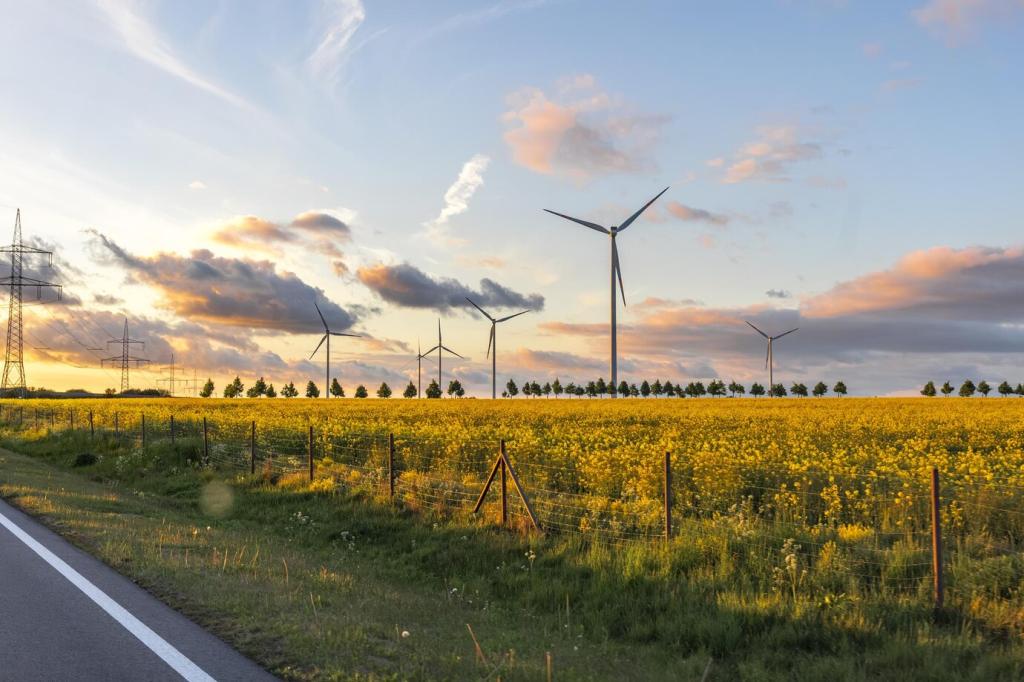Challenges and Solutions in Textile Reuse: From Waste to Worth
Chosen theme: Challenges and Solutions in Textile Reuse. Join a candid, optimistic exploration of how we can turn overflowing textile waste streams into purposeful second lives through design, collaboration, and everyday choices.



The Landscape of Textile Reuse: Challenges and Bright Spots
Every second, a truckload of textiles is landfilled or burned, wasting energy, water, and human creativity. Reuse reduces emissions immediately by extending product life, buying time for deeper system reforms. If this resonates, subscribe for stories, field notes, and tested tactics you can apply today.
The Landscape of Textile Reuse: Challenges and Bright Spots
Collections mix fibers, trims, and conditions, making sorting costly and inconsistent. Valuable items can be damaged in transit or downgraded unnecessarily. Transparency and better segregation at the source unlock higher-value reuse. Tell us in the comments where you see the biggest bottleneck in your city.
Collection and Sorting: From Chaos to Clarity
Many neighborhoods lack convenient drop-off points, and rural routes often go unserved. Weather exposure and overflowing bins degrade quality. Solutions include covered, monitored bins, mobile pick-ups synchronized with community events, and school partnerships. Help us map gaps by commenting your nearest reliable drop point or where one is urgently needed.
Near-infrared scanners, computer vision, and QR labels help identify fibers, detect damage, and trace brand origins. Pairing trained graders with affordable tech accelerates decisions and preserves value. If you operate a reuse venture, would you pilot a lightweight scanning station? Reply with your city and capacity.
Small, volunteer-run hubs inside libraries or coworking spaces can pre-sort donations into reuse, repair, or recycling streams. A simple checklist, a steamer, and tagging supplies dramatically raise resale potential. Want a starter toolkit template and training outline? Subscribe, and we will share a practical setup guide next week.

Setting Standards That Reassure
Uniform grading—like Excellent, Gently Used, Repair Ready—paired with transparent criteria helps shoppers know exactly what they are getting. Add care notes and expected lifespan to empower better decisions. Would these labels influence your confidence? Comment with the grading language that feels clearest to you.

Modern Cleaning Methods
Wet cleaning systems, ozone cabinets, and low-impact detergents sanitize without harsh residues. Proper drying and steaming restore shape and feel. Documenting each garment’s cleaning process builds credibility. Have you experienced ozone-treated garments? Share how they felt and whether it changed your perception of reused clothing.

Design Cues That Signal Care
Neat mends, color-matched patches, and high-quality buttons signal respect for the garment and for the buyer. Hangtags noting repair hours and artisan names create connection. Post a photo of your proudest mend and tag us; we may feature it in an upcoming community spotlight.
Design for Reuse and Disassembly
Mono-material fabrics, detachable trims, and recyclable elastics avoid dead ends. Choose durable zippers and easily replaceable buttons. When fabrics must be blended, specify compatible blends known to perform well in reuse cycles. Designers, share your favorite reuse-friendly fabric and why it outperforms the rest.
Design for Reuse and Disassembly
Topstitching access lines, extra seam allowances, and standardized panels make alterations faster and cleaner. Modular pockets and removable collars refresh style without replacing the whole garment. Want a pattern checklist for reuse-forward design? Subscribe, and we will send our printable guide for your next collection.
Design for Reuse and Disassembly
Scannable labels can record fiber content, care history, repairs, and impact metrics, guiding resellers and reassuring buyers. Privacy-conscious, open standards keep data portable. Would you scan a tag to learn a garment’s journey? Comment YES if that transparency would help you choose reuse more often.
Circular Business Models That Work
In-store mending bars and neighborhood tailors keep garments in circulation and create local jobs. Subscriptions for seasonal tune-ups stabilize revenue and delight loyal customers. Interested in volunteering or learning repair skills? Tell us your city, and we will connect you with a partner workshop.
Circular Business Models That Work
Curated resale optimizes quality, rental suits special occasions, and take-back programs secure steady inflow. Dynamic pricing aligns condition with accessibility. Operators, what conversion rate boosts helped you most—better photography, detailed measurements, or storytelling? Share your wins so others can replicate them.
Policy, Partnerships, and Participation
Well-designed EPR funds reuse, not just recycling, with eco-modulated fees that reward repairable, durable garments. Small brands need pooled services to comply without crushing costs. Would you support such a policy? Write a short note to your representative and tell us how they respond.

